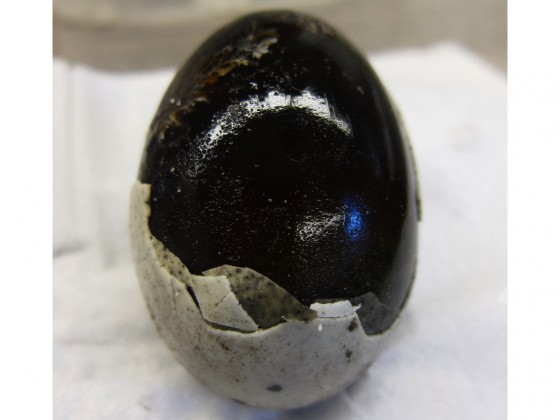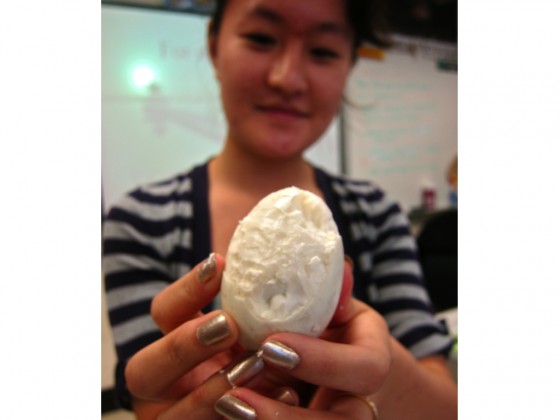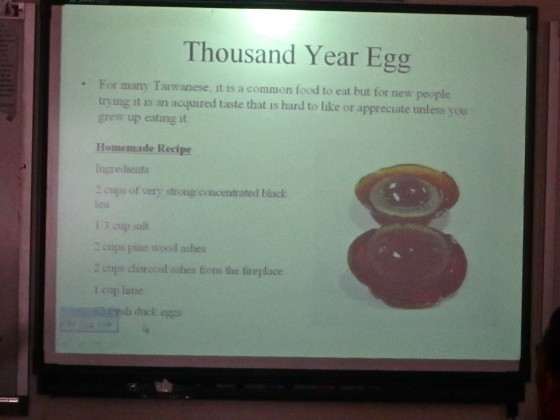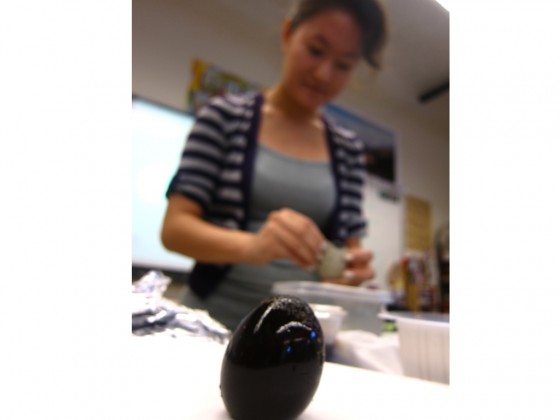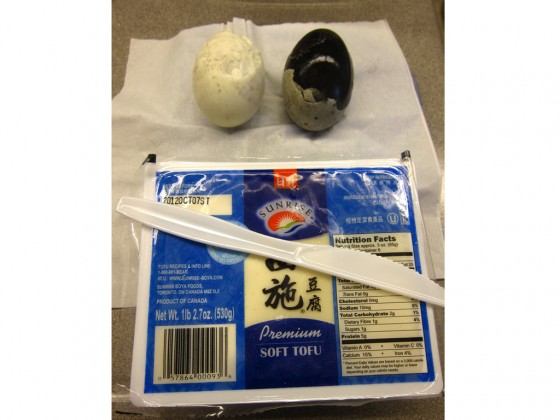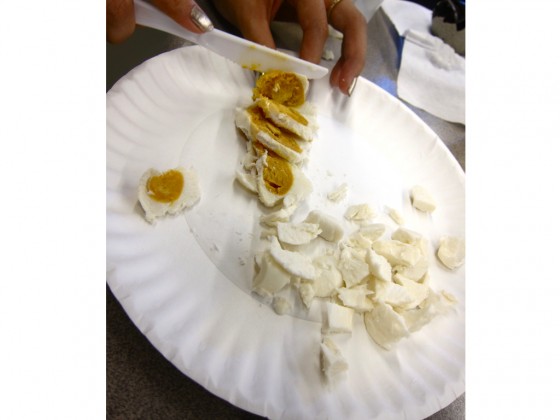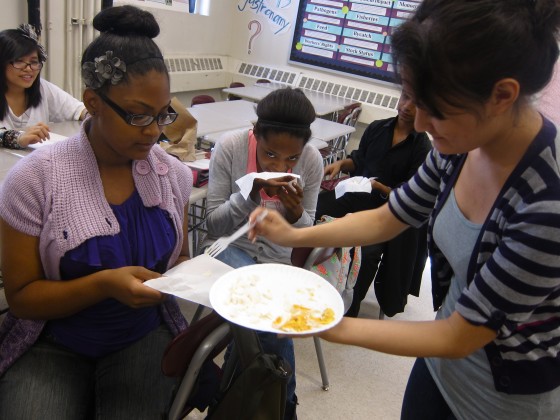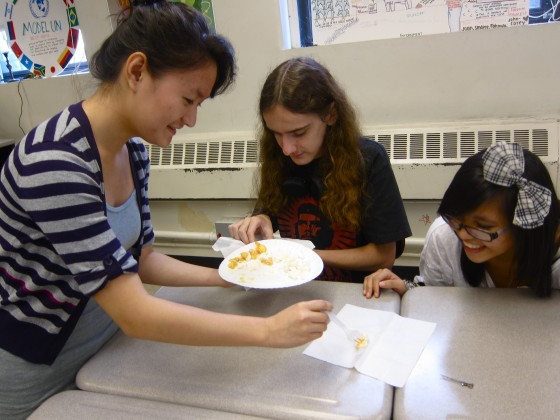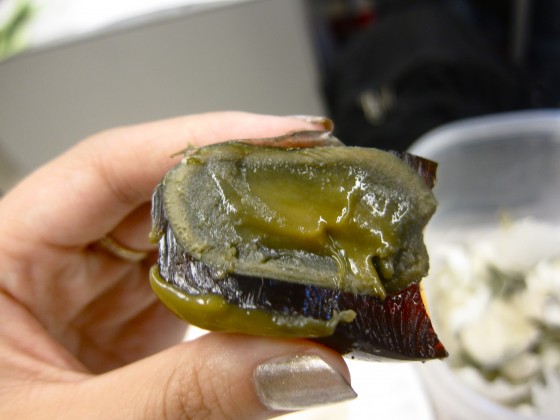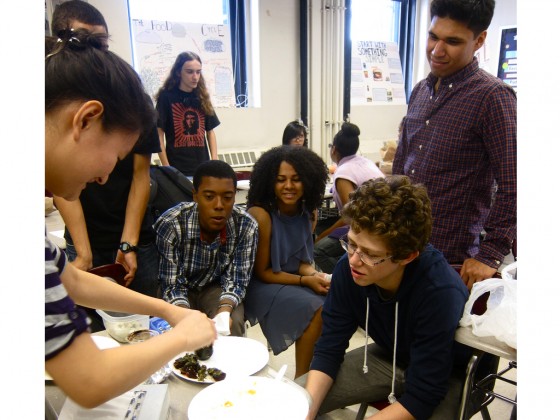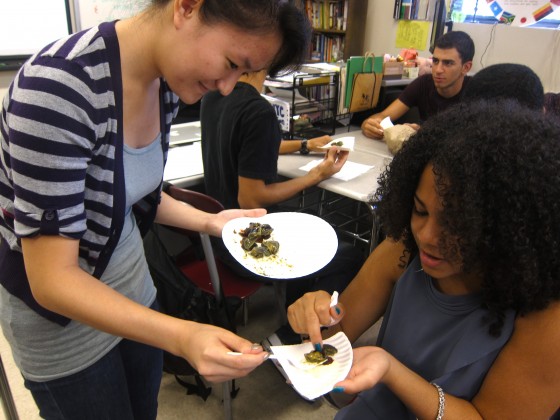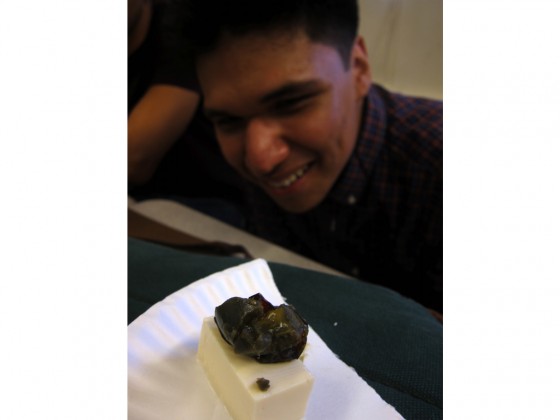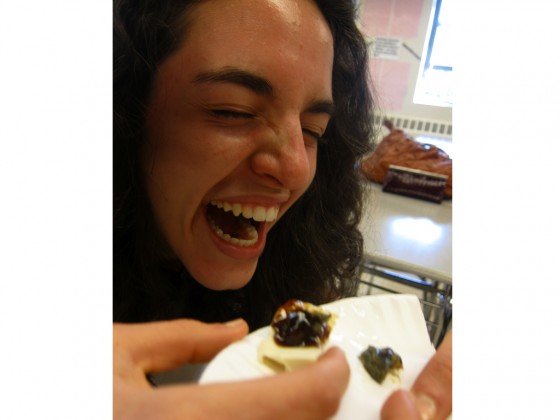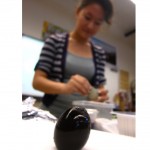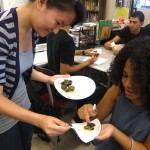Michael Pollan shared his favorite “Dietary Dos and Don’ts” in the October 2009 New York Times Food issue. One in particular — shared by Rachael Narins — stood out: “Don’t yuck someone’s yum,” and I’ve adopted it as the motto for my Gastronomy class and the EatNYC club.
It has come in handy when there is a funky-footy cheese or super stinky tofu on our tasting plates. The kids’ eyes widen and their noses wrinkle, but I remind them that someone somewhere prizes the food in front of them. “What’s the worst that can happen?” I rationalize. “You won’t like it. Eat a piece of bread, drink a little water and the taste will be gone. But if you do like it, it will be a source of pleasure for the rest of your lives. That’s a risk I’m willing to take.” (This is where students invariably counter with the blowfish argument: “The worst thing that can happen, Ms. Boylan, is that we die. Explain that to our mothers.” Point taken. And hence we will never taste blowfish; there’s just too much paperwork involved.)
Last week I had to plug the reliable saying again when Jessalyn, a Taiwanese student, brought in the salted duck eggs and thousand year eggs (pidan) she made with her family for the class to taste. She first explained the history and fermentation process and playfully called the eggs, “Thing One and Thing Two.” The class warmed up.
And then came the tasting. Jessalyn cut the salted eggs into tiny slivers and because of the predictable white and yellow colors, the students gobbled them up. “I’m in love,” Kleant declared.
Jessalyn proceeded to carefully peel the thousand year egg, and the class collectively shuddered at the shiny black albumen peeking through. She sliced it in half. Now, for those of you unfamiliar with pidan, the fermentation process — aided by a pasty mixture of black tea, salt, wood ash and quicklime — turns the “white” of the egg a glossy black and the yolk a creamy sulphur-ish green.
“Yuuuuuuck,” went the chorus. Unfazed, Jessalyn explained that pidan is typically served in congee (rice porridge) or with soft tofu, greens and oyster sauce. “Yuuuuuck,” they reiterated. “And this is what you are going to taste today,” she beamed.
I intervened to remind them that it was too late to declare an allergy to pidan, and they would all be obliged to try it. “And remember, guys,” I started. “Don’t yuck someone’s yum,” they finished with a collective eye roll.
Each student grabbed a plate and sidled up to the pidan. Jessalyn gingerly placed a slice of the egg on each cube of silken tofu. A squirt of oyster sauce later sent each kid back to his seat to contemplate the next move. They eyeballed it from different angles like kittens calculating an attack on a ball of yarn. Giggles and dares ensued.
And then they ate it.
The reactions ranged from surprise to confusion to displeasure. Some really liked it and went back for seconds. At least two had to force it down. But all of them were proud to have sampled something so foreign to them. One student concluded, “I never would have tried this because of its appearance. I didn’t love it, but it wasn’t that bad, either. Who knows what I’ll try next?”
My point exactly.

